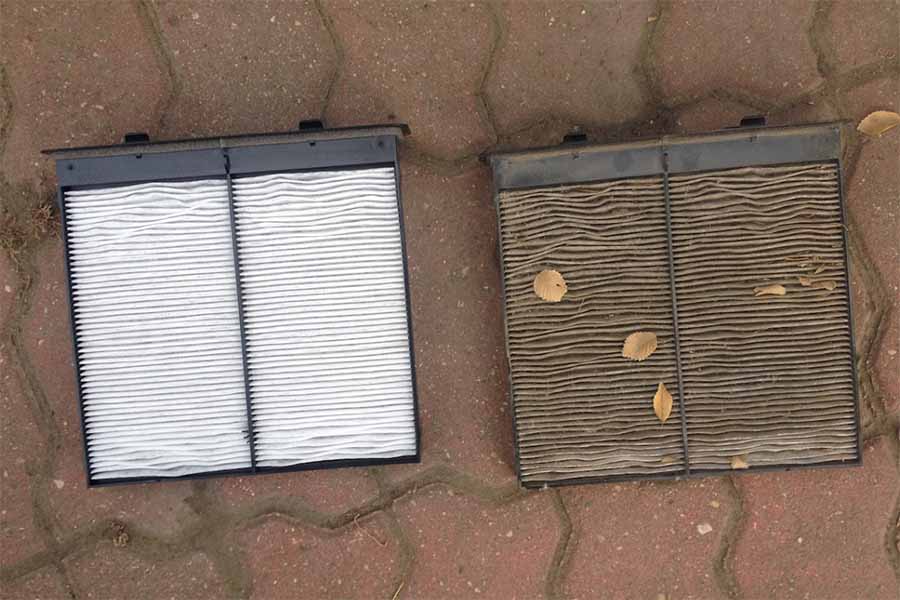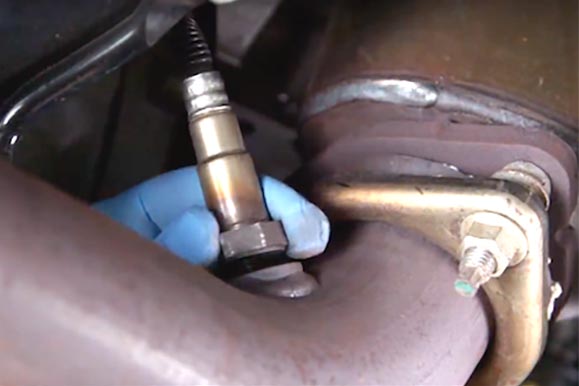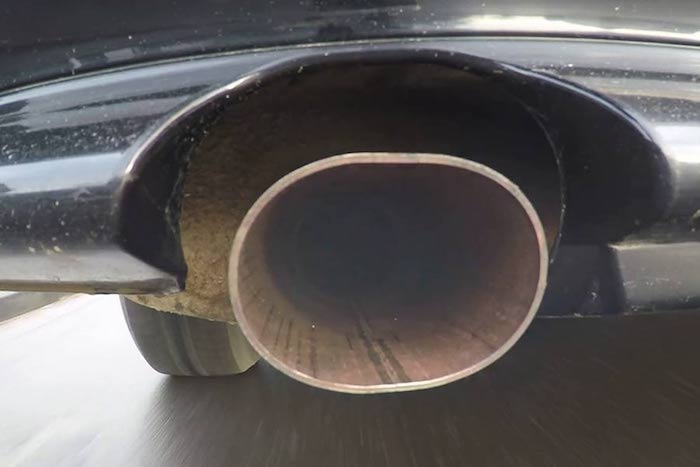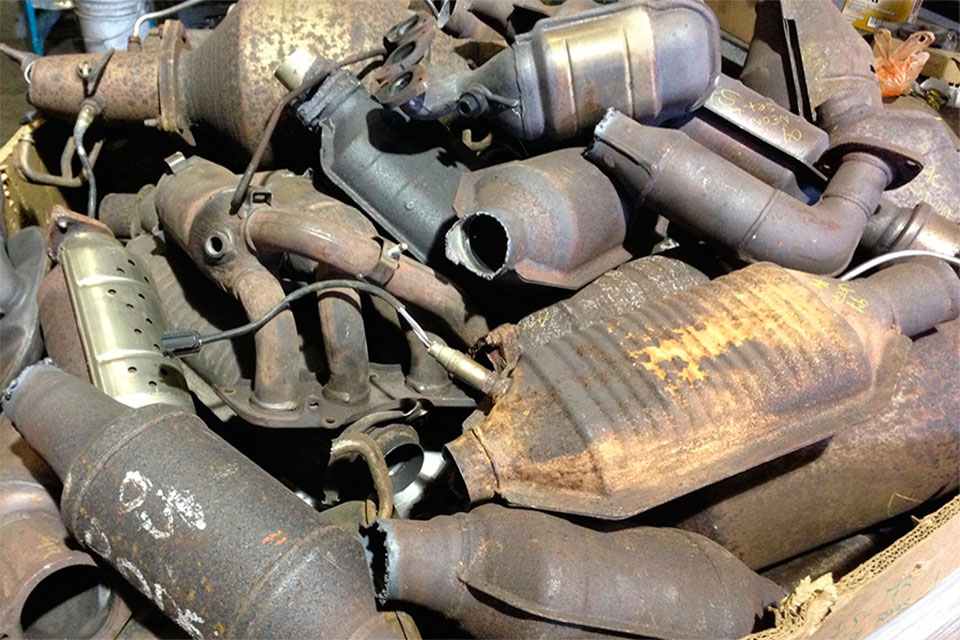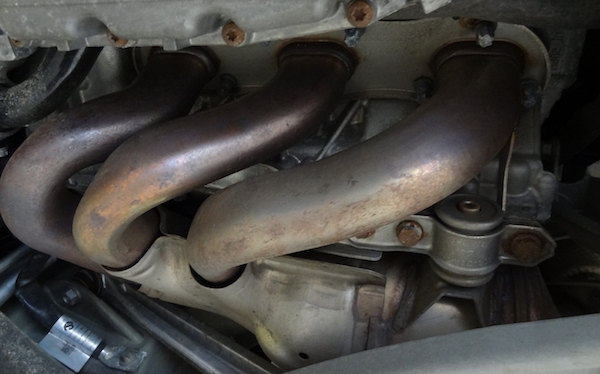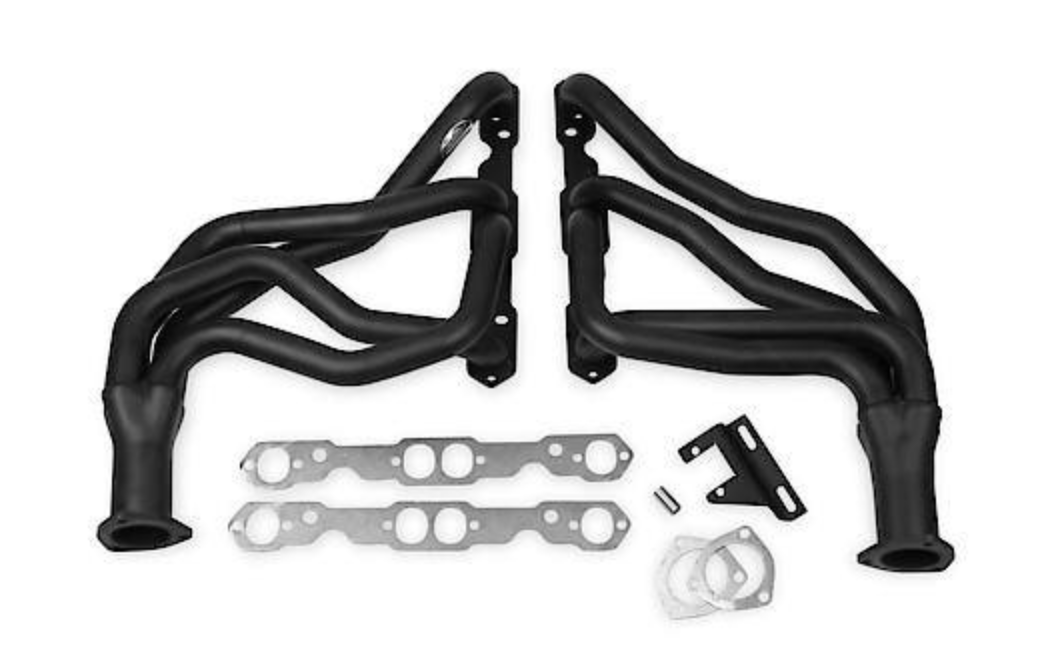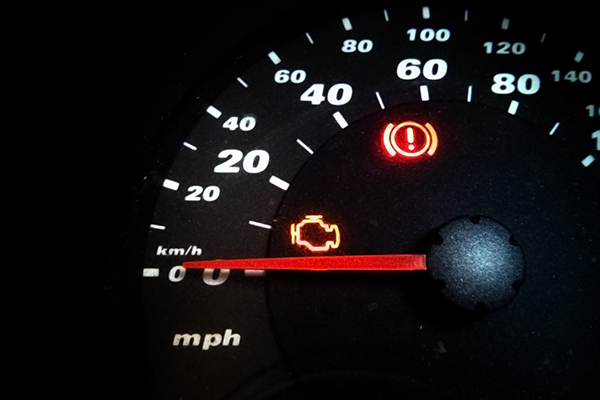
Source | Wikiuser100000
Is your Check Engine light on and engine running like garbage? If you've got a P0101 code, it's likely time to replace the mass air flow (MAF) sensor. Here's a look at how mass air flow sensors work, symptoms of failure, and a step-by-step guide on how to replace this sensitive part. This is a good job for DIYers and shouldn't take too long.
How a Mass Air Flow Sensor Works
Like its name suggests, this is a sensor that measures the amount (mass) of air flowing into a fuel-injected engine. The way it does this is rather ingenious. The electrical system heats a hot wire anemometer in the air intake tube to well over 100 degrees. As air passes over the wire on its way to the engine, the air flow cools the wire. The onboard computer adds current to keep the wire at the same temperature and measures the amount of current needed to keep it there. The hot wire current is proportional to the air flow rate, and that tells the powertrain control module (PCM) how much air is incoming and how much fuel to add to the engine for the most efficient burn. Working with readings from the oxygen sensors, the mass air flow sensor can make precise adjustments to the air/fuel ratio. All of this happens in thousandths of a second, so it's understandable that when a mass air meter starts to fail, the engine runs poorly. Without an accurate reading of air volume, the fuel metering will also be incorrect.
Symptoms of a Bad Mass Air Flow Sensor
Like any other engine sensor, the mass air flow sensor can fail over time. Just like with a headlight light bulb, thousands of hours at operating temperature degrades the internal components. The mass air flow sensor can also get dirty if the engine air filter is not changed on time, which results in the same symptoms as a failed sensor. The most common signs of a failing mass air flow sensor are poor engine performance, such as hesitation or stalling; lack of power; poor fuel economy; and difficulty starting. P0101 is the most common code, but there are others, depending on the vehicle manufacturer. Have a Check Engine light and suspect the mass air flow sensor but don't have a way to read the code? You can buy your own code reader, use a free code reading app, and a cheap Bluetooth connector to read it on your smartphone, or stop by Advance to have the code read.
This is a good project for new DIYers
-
Disconnect the negative battery terminal.
-
Unplug the electrical connector on the mass air flow sensor.
-
Use a flathead screwdriver to unfasten the air intake hose clamp at the throttle body. Remove the clips securing the air filter housing and lift out the air intake tube. This is a good time to replace the air filter.
-
Inspect the MAF sensor. If it is obviously filthy, it may just need a good cleaning rather than replacement. Use MAF sensor cleaner only to clean the sensor, allow 10 minutes for it to dry, then put back together and see if that resolves your issues. If not, continue to Step 5.
-
Use a ratchet and socket (or Torx bits) to remove the bolts securing the MAF sensor to the intake tube.
-
Slide the MAF sensor out of its housing.
-
Carefully remove the new sensor from the manufacturer packaging and slide into place in the air tube. Be sure not to touch the temperature sensor wire, as that part is fragile and easily damaged. A bent temp wire is enough to give an incorrect reading.
-
Torque to manufacturer specs. This isn't much, usually just 15-20 ft-lbs.
-
Replace the air intake tube. Reconnect electrical plug to the MAF sensor. Use a screwdriver to tighten the hose clamp.
-
Reconnect the negative battery terminal.
-
Start the engine and monitor for Check Engine light or other indications of sensor issues.

